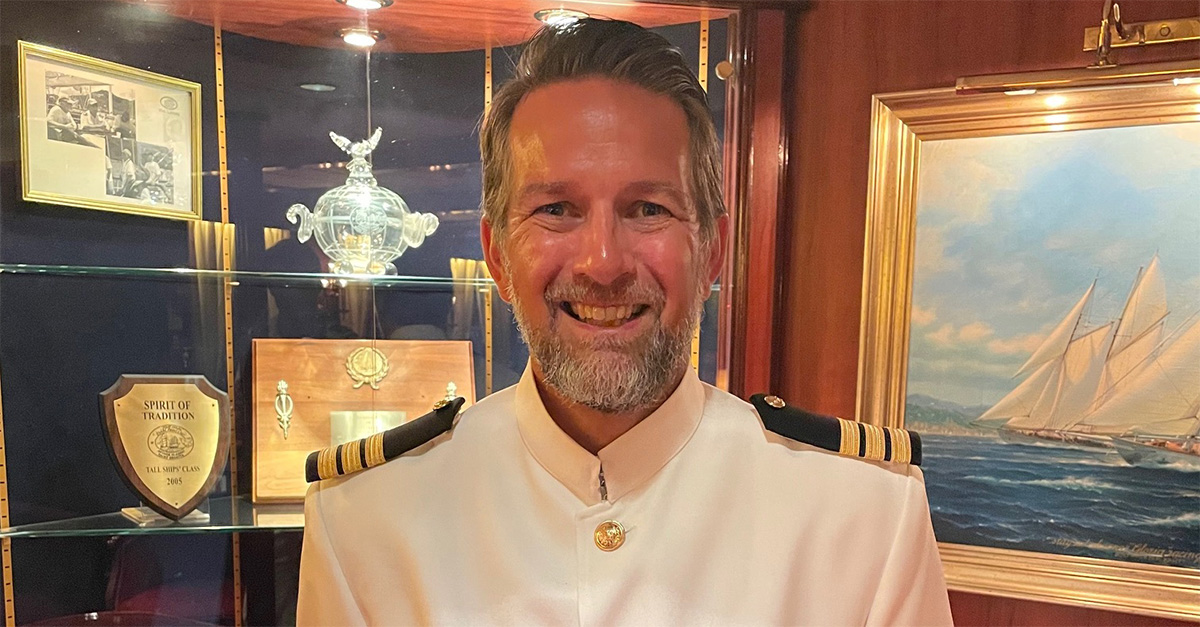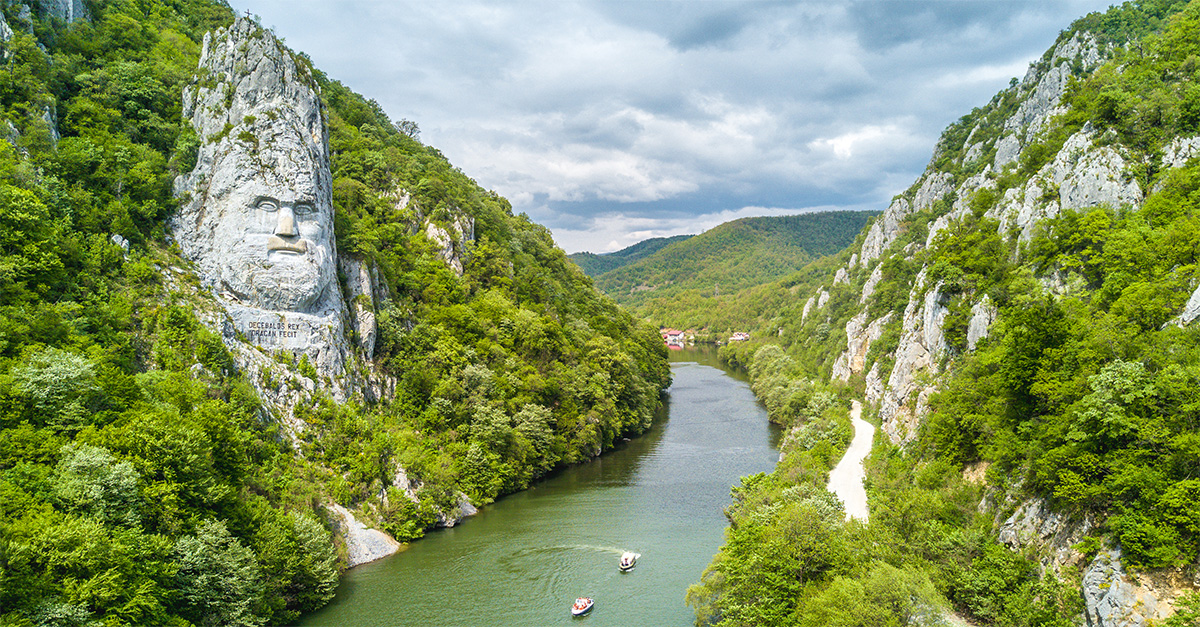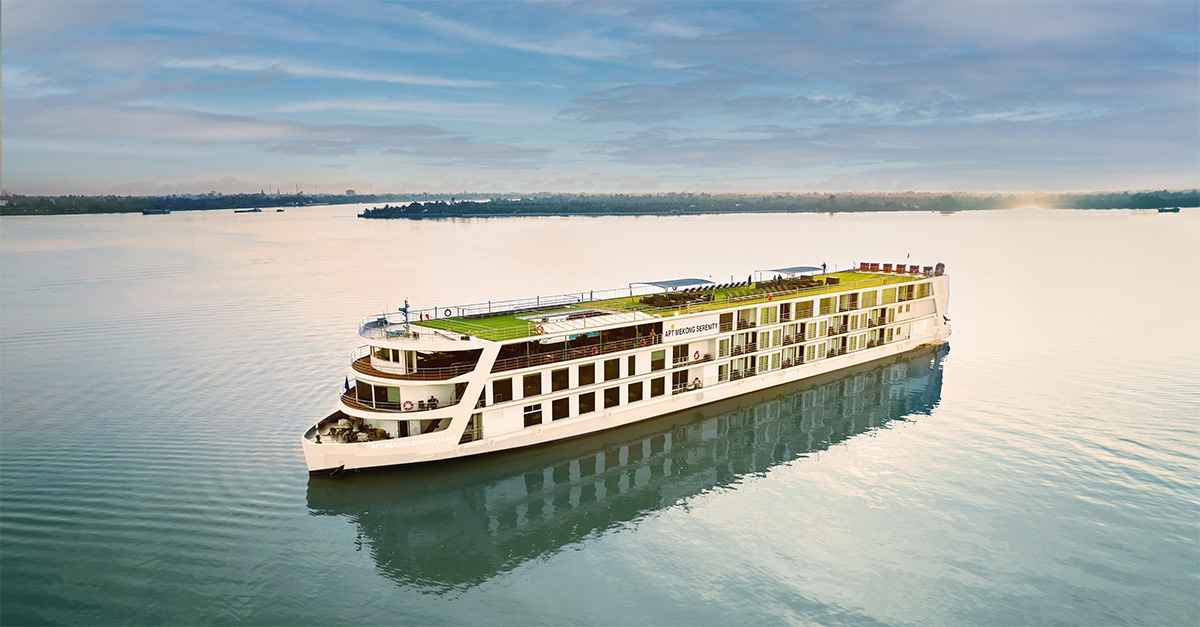Exploration cruising is a world away from the mainstream. Jane Archer helps you navigate the options
Like this and want more details? Click here to download and save as a PDF.
A world away from the glitz, glamour and pre-dinner cocktails downed on traditional voyages, expedition cruises are perfect for clients looking to travel into the unknown.
Instead of island-hopping around Greece, ticking off big cities in the Med or sunning themselves on a Caribbean beach, folk who opt for an expedition cruise enjoy close encounters with wildlife in the Galapagos, climbs up waterfalls, or kayak trips among icebergs near the North Pole.
Exactly what constitutes an expedition cruise is a matter of debate. After all, whale-watching in Alaska is pretty exciting, as is seeing Iceland’s Strokkur geyser shoot boiling water 40 metres into the air, and there are plenty of cruises to both destinations.
However, as they can also be visited by folk on traditional ships, neither is likely to excite true expedition clients: people who want to feel they are going way off the beaten track. They could be people who have taken a conventional cruise and are looking for something more adventurous, or who wish to tick off a bucket-list destination. But equally it could be a customer who normally takes a land holiday but is considering a ship-based vacation because it is the best (and sometimes only) way to really see certain places in the world.
There are plenty of cruise destinations that fit that description, including the Galapagos, the Kimberley in Australia and Greenland. In the Galapagos, for instance, clients can stay in a hotel and take boat trips to some of the islands to see the animals, but it’s much more common to sell them a cruise on a ship based in the archipelago that includes guided walks ashore each day in the price.
Access all areas
Other places, such as Antarctica, the Northwest Passage through the Canadian Arctic, the Russian Far East and the island of Spitsbergen in the Svalbard archipelago, are virtually inaccessible to all but cruise ships.
Quark Expeditions has a 16 day voyage from Greenland to Churchill in Canada that would be impossible other than on a ship. It visits icy islands where passengers take hikes ashore, kayak and take rides in Zodiacs to view fjords close up, and spends days at sea for birdwatching. The cruise departs on July 29, with a return journey from Churchill on August 11 (from $7,995 cruise-only).
Silver Discoverer, which sets out on a maiden voyage for new owner Silversea in April, will be cruising the Kimberley between Broome and Darwin, before relocating to Japan in June and cruising around the Russian Far East, to the Aleutian Islands and remote spots in Alaska occupied only by Inuit. Doing all that alone would be virtually impossible.
Whether they have cruised before or not, it’s important clients understand that expedition ships – operated by the likes of Quark, Hurtigruten, Silversea Cruises, Noble-Caledonia, Hapag-Lloyd Cruises, Celebrity Cruises, National Geographic and Compagnie du Ponant – are quite different to the vessels they may have seen in Southampton or Venice.
For one thing, they are small, so they can get into small bays and harbours, and to comply with local regulations. Ships in the Galapagos, for instance, can carry a maximum 100 passengers and most carry many fewer.
Celebrity’s Celebrity Xpedition carries 92, while Silversea’s Silver Galapagos holds 100, but Sanctuary Retreats has two much smaller ships – Eclipse for 48 people, Athala II for just 16.
In Antarctica, only ships carrying 500 or fewer people are allowed to land passengers and, here too, most carry fewer because of the logistics of getting people ashore and back in the Zodiacs. For that reason, the best expedition ships are the ones with fewer passengers.
Customers should be made aware that a good level of mobility is needed to get in and out of the Zodiacs, and also the rigid Polar Cirkel boats used by Hurtigruten.
While prices on expedition ships include bed and board, and many of the ships have Filipino crew, that’s where the similarity with traditional cruise vessels ends, as most do not have alternative restaurants, and the theatres are actually small lecture rooms.
Ships with a difference
Exceptions are Ponant’s Le Boréal, L’Austral and Le Soléal, which are conventional cruise ships built with ice-strengthened hulls so they can sail in the Polar regions, and Seabourn’s Seabourn Quest, which was retro-fitted with an ice-strengthened hull 15 months ago.
The ship, which completed its first season cruising to the White Continent this winter, has a dining room, self-service buffet and speciality restaurant, as well as a sizeable theatre. Seabourn Quest has another four cruises to Antarctica between November 1, 2014, and February 2015, with prices from £9,999 per person cruise-only for a 24-day voyage from Valparaiso in Chile to Buenos Aires in Argentina that spends four and half days in the Antarctic Peninsula, with landings by Zodiac, and a day in South Georgia.
Unlike conventional ships, which have their resident troupes of singers and dancers, expedition ships carry teams of biologists, scientists, naturalists, historians and other boffins who lecture on sea days and guide trips ashore.
There are no dress codes (although for the Polar regions gloves, scarves, hats and jumpers are a must, and sometimes also Wellington boots if they cannot be borrowed on board) and while the captain will set off with an itinerary, in the Polar regions especially he might stray from it because of ice, weather, or because whales or polar bears have been spotted elsewhere.
And along with everything else, expedition cruise passengers must remember to pack another thing: lots of patience.

The White Continent
Jane Archer reports from a Hurtigruten sailing to Antarctica
It’s not a real adventure without a degree of discomfort, I remind myself as I sit, jet lagged and bleary-eyed, in the lobby of the Hotel Emperador in Buenos Aires. It’s 5am and me, my daughter and a plane-load of intrepid explorers are waiting for the short transfer to the domestic airport for a flight to Ushuaia and the start of a voyage to Antarctica on Hurtigruten’s expedition ship Fram.
The flight is 3.5 hours but painless and a few hours after landing, after a quick tour in Tierra del Fuego National Park (giving the crew time to ready the ship), we are all on board, unpacked and kitted out with complimentary blue coats branded with the Hurtigruten name. Presumably we will be easier to spot against the snow if anyone goes missing.
The ship has set sail down the Beagle Channel, which leads to Cape Horn and Drake Passage. The prospect of crossing that piece of water has given many passengers the jitters – it’s notoriously rough – but the lure of a once-in-a-lifetime chance to tick off the seventh continent gave them the courage anyway.
In fairness, although we had a couple of rocky days and nights there and back, I’ve known worse seas. On the return journey, the sea was so calm the captain took us west of the tip of South America, then swung around Cape Horn so everyone could tick that one off as well.
It’s a long way from Ushuaia to the Antarctica Peninsula – 620 miles to be precise – but the time was well spent attending the expedition team’s lectures about the region’s geology (it’s the largest wilderness on Earth and classed a desert as it gets so little rain), seals and penguins.
We had to vacuum our clothes to avoid taking non-natural species on to the continent, and attend a briefing on the dos and don’ts of going ashore, the most important being to keep at least 15 feet away from penguins, other birds and seals, and never to take anything – even a pebble – as a souvenir.
Because only 100 people are allowed ashore at a time, and mostly just for 60-90 minutes, landings are run like a military operation. The exception was when we were doing an activity – a few of us went snowshoeing one day (about £25) and were ashore about three hours; two groups of 16 people camped ashore overnight (about £295).
Landings are made in eight passenger Polar Cirkel boats, which are a rigid alternative to the Zodiacs other companies use, give a more comfortable ride and are easier to get in and out of.
With the weather on our side, our cruise went like clockwork. We went ashore everywhere as planned – Half Moon Island, Brown Bluff, Hope Bay (to visit Argentina’s Antarctica base) and a string of small islands – Cuverville, Danco, Neko and Petermann. We marvelled at the grandeur of the scenery as we cruised through Iceberg Alley, the Gerlache Strait and the stunning Lemaire Channel with its snow-capped mountains. We also got close to thousands of penguins (they do not know the 15-feet rule), and saw humpback and killer whales, seals and icebergs as big as houses.
“Remember every now and then to stop and reflect where you are,” Karin, our expedition leader, advised. “Only 30,000 people a year can come and see this so you are very privileged.” I cannot disagree.
Book it: A 12-night Classic Antarctica cruise costs from £5,699, departing November 19 this year and January 4, 2015, including domestic flights from Buenos Aires to Ushuaia and transfers in Ushuaia. International flights are extra.




